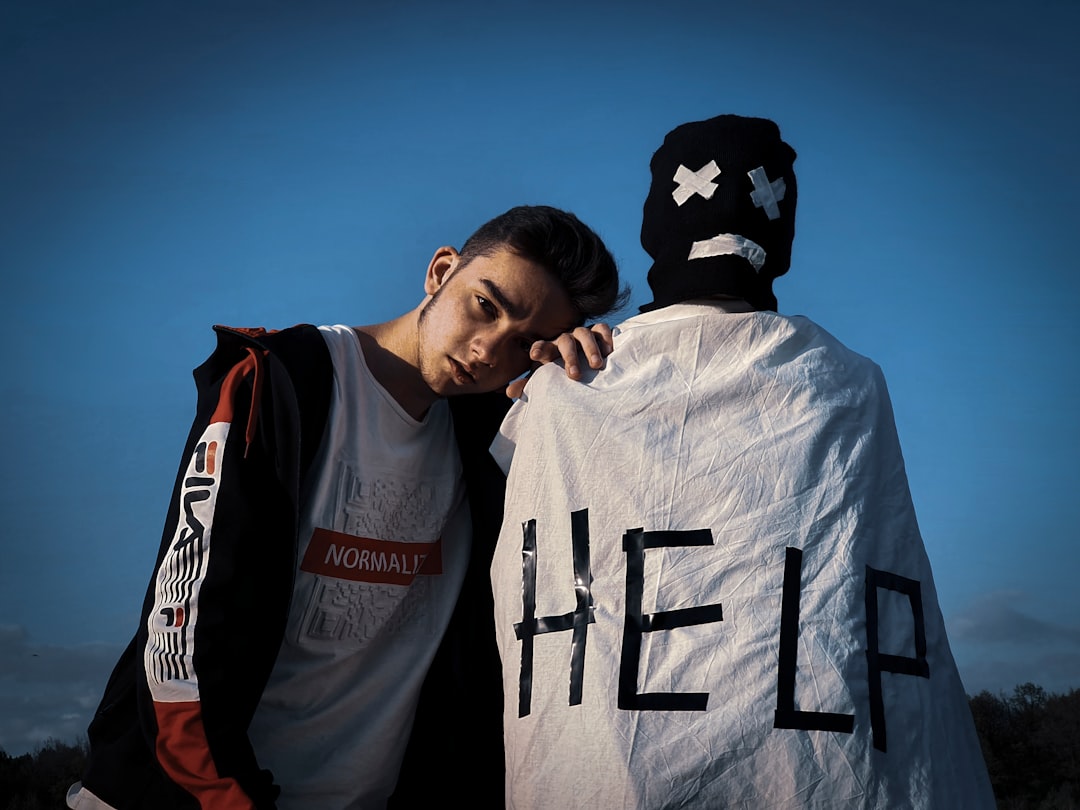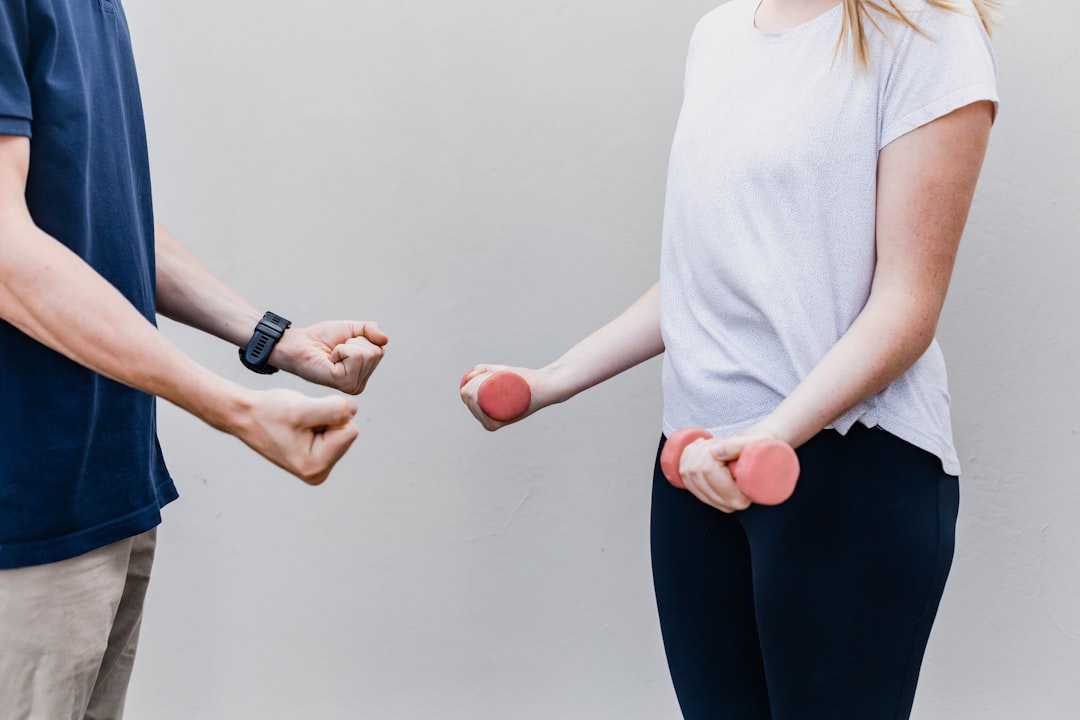Going to a drug rehab center can be frightening, especially for teenagers. While many teenagers are ready to receive the much-needed assistance for their drug or alcohol addiction, fear may keep them and their parents from reaching out to the right rehab for the much-needed help. Seeking residential treatment for adolescents can be daunting, but eventually, it’ll be a vital and rewarding part of your child’s recovery in the long term.
Generally, services at a residential drug and alcohol rehab center include detoxification, medication treatment, individual therapy, group therapy, family education, recovery coaching, etc. However, to make the right decision, you deserve to know what an inpatient rehab center will be like for your child. While each teen’s experience in different rehab centers will differ, here is what a typical day in an adolescent treatment center involves.
Morning

Most drug and alcohol addiction treatment facilities start their days between 6 a.m. and 8 a.m. Some programs offer morning classes like yoga or mindfulness meditation to get your child mentally prepared for the day. Physical activities or exercise programs may also take place in the morning. After a morning recovery-oriented practice or meditation, most programs will offer breakfast. Meals are often nutritionally based and intended to meet the plans created between a patient and their dietician.
Physical activities and breakfast are usually followed by a group therapy session led by a counselor or therapist. This session will emphasize subject matters related to addiction, recovery, and treatment plans. Having clarity about addiction problems, home environments, and people in your child’s life that have contributed to potential substance abuse or exacerbated mental health conditions is vital for treatment. These daily group sessions are conducted in a controlled and safe therapeutic setting, helping patients start to recognize potential triggers to avoid.
Afternoon

After a free time and midday lunch break, it’s time to get started on a series of therapy sessions. The most intensive treatments often occur in the afternoon. Throughout the afternoon, each patient’s program looks different and usually starts with individual therapy sessions. This gives your kid a safe environment to discuss their worries and fears and allows their therapist to help overcome them with different behavioral responses and tools. Cognitive Behavioral Therapy (CBT) is one of the effective treatments for addiction and mental illness. The therapy focuses on your child’s behavioral responses to specific triggers.
After this, it may already be time for the next group therapy session, where all participants will practice newly learned coping skills with each other. Other therapeutic activities during this period include Dialectical Behavior Therapy (DBT), Family System Therapy, Post Induction Therapy, Somatic Experiencing, massage therapy, expressive and/or art therapy, anger management, psychoeducation, etc.
Evening

Evening activities usually follow dinner. Some nights, there might be a movie showing and another group therapy session where patients can talk about their day and assess their progress. During these meetings, they can also get help with mental illness relapse prevention and long-term sobriety support.
Your child ends the day at a decent hour, giving them enough time to recover emotionally and physically. Throughout this treatment program, healthy habits and coping skills will become a part of their routine when they return home. Not only will your kid be more energetic and alert, but residential treatment programs have also been shown to make them more willing to participate in their recovery from any number of conditions, such as eating disorders, bipolar disorders, major depressive disorder, obsessive-compulsive disorders (OCD), self-injurious behaviors, post-traumatic stress disorder (PTSD), emerging personality disorders, or anxiety and panic disorders, in an active, empowered, hopeful way.